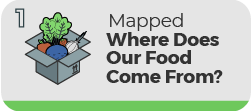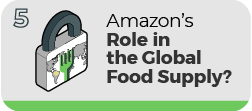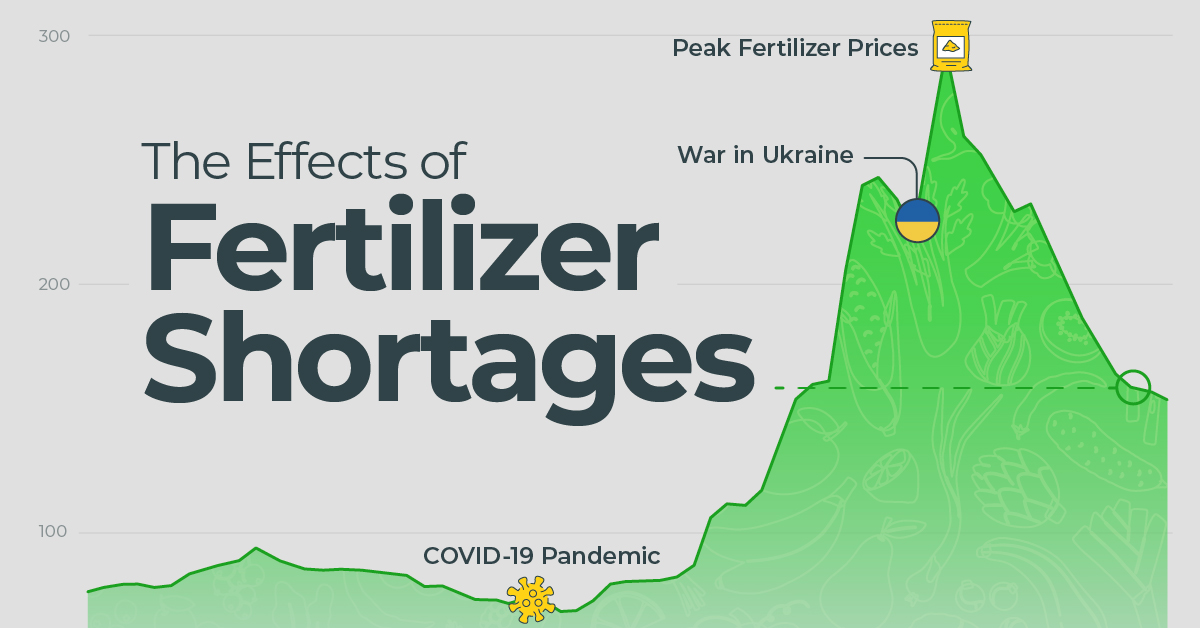Visualized: The Global Implications of Fertilizer Shortages
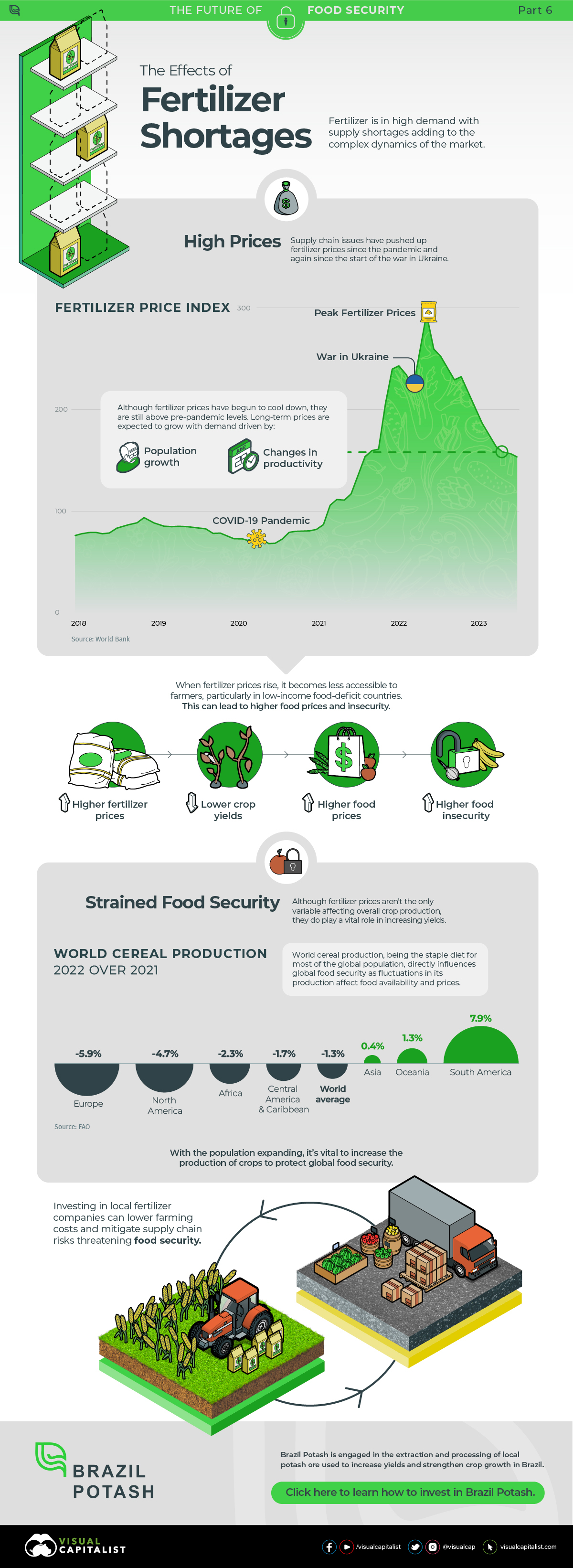
Visualized: The Global Implications of Fertilizer Shortages
Fertilizer, the lifeblood of agriculture and a key input in global food production, is currently in high demand. However, a notable supply shortage could trigger a domino effect of harmful consequences, if not addressed.
In this visualization from our sponsor Brazil Potash, we take a look at the knock-on effects of fertilizer shortages.
High Fertilizer Costs
Recent supply chain disruptions, initially caused by the COVID-19 pandemic and later exacerbated by the onset of the war in Ukraine, have been causing fertilizer prices to skyrocket. Although these prices have slowly begun to cool, they are still hovering significantly above their pre-pandemic levels.
Long-term prices are expected to be driven by the growing global population and evolving patterns in agricultural productivity.
Rising fertilizer prices have a critical impact on the accessibility of this vital commodity to farmers. This is especially true for farmers in low-income, food-deficit countries. As a result, we see a direct impact on global food prices and overall food security.
Strained Food Security
Although fertilizer prices are not the sole determinant of overall crop production, they play a vital role in optimizing yields. An imbalance in this dynamic can have severe consequences.
World cereal production declined 1.3% year-over-year from 2021 to 2022, with Europe down 5.9%.
| Region | % change in cereal production |
|---|---|
| South America | 7.9% |
| Oceania | 1.3% |
| Asia | 0.4% |
| Europe | -5.9% |
| North America | -4.7% |
| Africa | -2.3% |
| Central America and the Caribbean | -1.7% |
| World | -1.3% |
Research shows that high fertilizer prices in 2023 could lead to increased undernourishment. This would affect around 100 million people and cause approximately 1 million additional deaths.
With the planet’s population expanding, it’s critical to ramp up crop production to safeguard global food security.
The Case for Localized Production
One strategy to combat the rising cost of fertilizers and avoid the looming risk to food security is investing in new, localized fertilizer companies. This approach could significantly reduce costs, creating a buffer against supply chain disruptions.
Brazil Potash is actively involved in extracting and processing local potash ore, a key ingredient in many fertilizers. This enhances yields and fortifies crop growth across Brazil, effectively creating a localized supply chain resilient to global disruptions.
With innovative approaches like those taken by Brazil Potash, there’s hope to offset the potential risks to global food security.

Learn how to invest in Brazil Potash now.

-
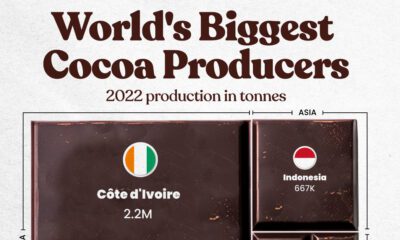
 Markets2 months ago
Markets2 months agoThe World’s Top Cocoa Producing Countries
Here are the largest cocoa producing countries globally—from Côte d’Ivoire to Brazil—as cocoa prices hit record highs.
-
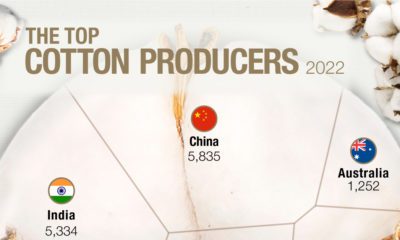
 Agriculture1 year ago
Agriculture1 year agoRanked: The World’s Top Cotton Producers
As the most-used natural fiber, cotton has become the most important non-food agricultural product.
-
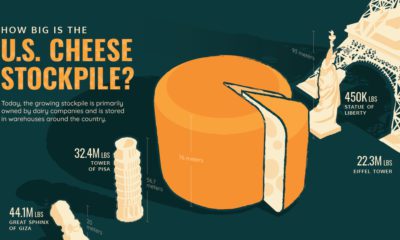
 Agriculture2 years ago
Agriculture2 years agoHow Big is the U.S. Cheese Stockpile?
The U.S. has 1.5 billion pounds of cheese in cold storage across the country—around $3.4 billion worth of cheese.
-
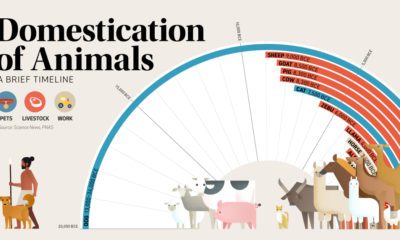
 Agriculture2 years ago
Agriculture2 years agoTimeline: The Domestication of Animals
This graphic shows a timeline of when 15 different animals became domesticated, based on archaeological findings.
-
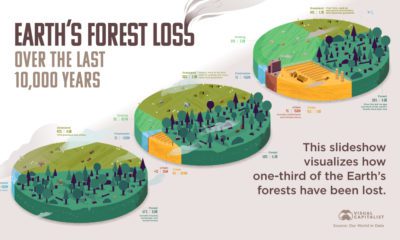
 Environment2 years ago
Environment2 years agoVisualizing the World’s Loss of Forests Since the Ice-Age
How much has the world’s land use changed over the last 10,000 years, and how have forests been impacted?
-
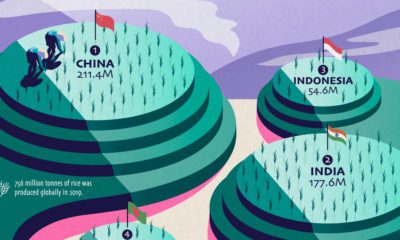
 Agriculture2 years ago
Agriculture2 years agoVisualizing the World’s Biggest Rice Producers
Over half of the world’s population lives on rice as a staple food, but just a few countries dominate global rice production.

